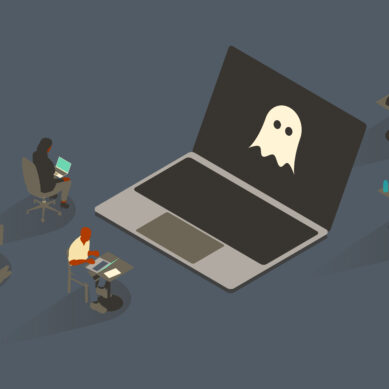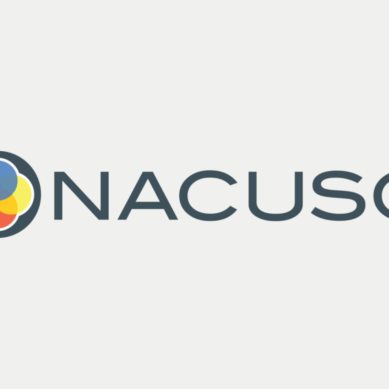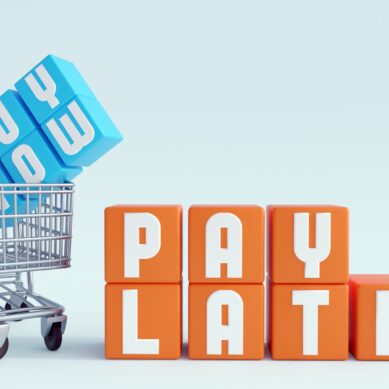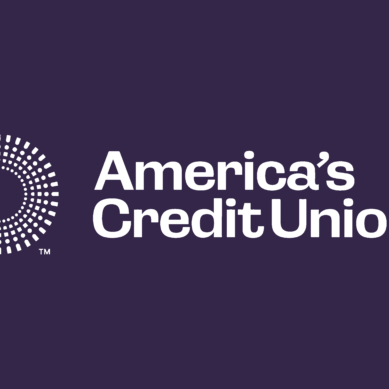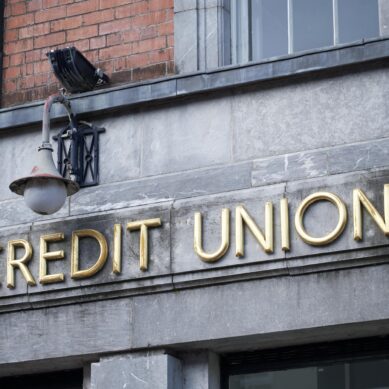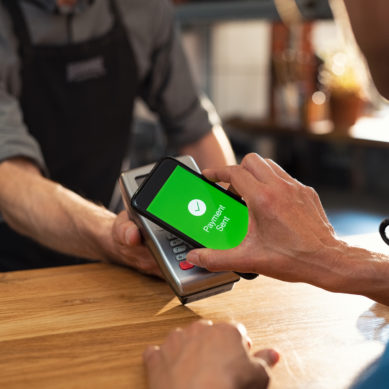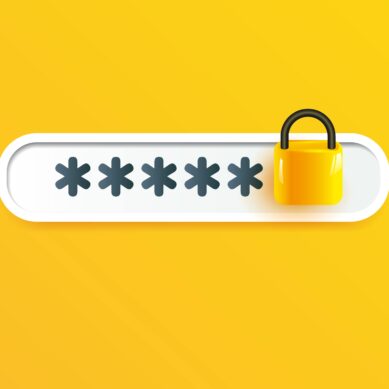Checks have been a key component of financial systems around the world for decades. However, it’s becoming clear that the days of paper checks are numbered, and it is long overdue. The Australian government is taking this seriously and making big steps toward making this happen. The United States government is starting to follow with its own plans. Timelines have been established, and deadlines have been set. Does this signal a shift in thinking and the end of an era of financial transactions? What might this mean for credit unions?
Strategic plans
Australia’s decision to phase out checks is part of a broader initiative outlined in the government’s Strategic Plan for Australia’s Payments System. This plan aims to modernize and digitize the country’s payment infrastructure. Starting in 2024, the country was on a trajectory to get rid of checks. They will no longer issue new checks in 2028, and by 2029, all check payments will be formally discontinued. The goal is to create a more efficient payment ecosystem that aligns with global trends and innovations in digital banking.
Similarly, the U.S. Department of the Treasury has announced it will begin phasing out paper checks starting September 2025, ceasing to issue them altogether. That isn’t in the future. That is right now. The U.S. has been steadily reducing its reliance on checks for years, and this move is a shift toward more digital payment systems. The federal government’s transition marks a critical turning point in the United States’ financial evolution, signaling the impending end of check processing.
These changes reflect a shift in global payment trends, spurred by the increasing use of faster, more secure digital payment systems. Mobile applications, P2P and A2A transactions, direct deposit, bill pay, and real-time money transfers are more prevalent than ever. This includes real-time payment networks like the FedNow® Service and RTP®, which bring a big shift to more immediate access to funds. Is the world finally ready to say goodbye to paper checks?
Why the push to phase out paper checks?
This shift isn’t just an update to old technology. It is an effort necessary to improve the efficiency and security of financial transactions. Checks are slow, insecure, and expensive. Modern money movement does not want to wait days for a check to clear. There is too much risk around lost or stolen checks and fraud overall. If check fraud is increasing but check usage is declining, something is wrong with our thinking around checks. They can not keep up in today’s fast-paced, digital-first world and global money movement expectations.
The benefits are clear. Digital payments offer faster transaction processing, greater security, and lower costs. There has been massive adoption of mobile payment platforms like Apple Pay and Google Pay. Consumers have an expectation that they can transfer funds instantly, anywhere in the world, with a tap on the screen in their hands. They have a relatively seamless experience where senders and receivers are directly connected, while the money still moves appropriately through our financial infrastructure. This has quickly become the baseline expectation and minimum that must be met by any financial institution. Credit unions that actively encourage and support their members using these tools are making sure that their road through the present and into the future is well maintained.
Digital transactions remove more opportunities for fraud than they open. A reduction in opportunities to interject bad actors into the path of a transaction makes it much more difficult for fraudsters to steal or manipulate funds. Moreover, the environmental impact of producing and handling paper checks, along with the lower overall cost of mailing, processing, and depositing them, is another factor driving the move toward a paperless future. There are a lot of wasted resources and infrastructure that are required to process checks, and the value just isn’t there anymore. We don’t need pictures of money to know how money left one place and arrived at another.
What does this mean for credit unions?
The end of paper checks presents both challenges and opportunities. This isn’t a snap decision anyone is making, but rather a long-term trend that credit unions have been seeing for years. These recent government actions signal that the transition to a fully digital payments landscape is now imminent. Credit unions must adapt to this shift so they can better serve their members and remain in a good position to service their charters.
Credit unions must embrace digital transactions as robust, secure, and friendly. Real-time payments (RTP®, FedNow®, and others), mobile apps, and popular payment networks like Zelle and Venmo are already in the hands of members and are essential. Members expect seamless, instantaneous, and mobile-first banking, and credit unions need to support these baseline expectations to remain competitive.
Some people are afraid to let go of their paper. Intangible assets are a generational concept, and comfort levels vary significantly. As a credit union, you will need to help educate people on the benefits and help them transition into new paradigms before you can’t afford to support your members. Some will choose to leave you for the last contrarian holdouts who want to live off the scraps of dead technologies that you have moved on from in the interest of maintaining your sustainable business model. Don’t be the last Blockbuster.
There is much upside to digital transactions. Aside from lower costs, digital payments are more secure than checks. However, they are not immune to fraud. Credit unions must maintain robust fraud detection and prevention systems, real-time monitoring and alerts, secure authentication, and transaction monitoring and tracing. This will not only safeguard member financial assets but also help build trust in the digital payment ecosystem, allowing it to grow and flourish beyond what checks could ever do.
Cost savings can be significant. Item processing involves considerable administrative overhead and labor, as well as material costs for printing, mailing, handling, and archiving check deposits. By eliminating the entire payment method in favor of proven digital solutions with high adoption, credit unions can streamline their workflows, reduce operational costs, and better allocate resources toward more profitable and innovative services.
There are now likely more people who have had digital tools their whole lives than there are people who haven’t. Younger generations don’t just understand digital transactions, they embrace them. They demand fast, secure, and mobile-first banking services. Successfully transferring your checks to digital means allows credit unions to future-proof their membership base and maintain relevance in our digital world.
Is this really the end of paper checks?
As countries like Australia and the U.S. take bold steps toward phasing out checks, the days of paper-based financial transactions are numbered. Checks may continue to exist in some limited forms, but so do pennies. The overwhelming trend is toward a fully digital payment ecosystem. This will not happen overnight, but with governments and financial institutions around the world making concerted efforts to phase out checks, the writing is on the wall for their eventual demise.
For credit unions, embracing digital payment systems will be essential to staying competitive and relevant. As check processing fades into history, those credit unions that invest in innovation, member education, and secure digital infrastructures will be the ones that stay ahead.
The end of paper checks isn’t just a possibility or a probability. It is inevitable, and there is a timeline being established. This is a crucial moment for credit unions, and those who evolve and lead the way will thrive.








